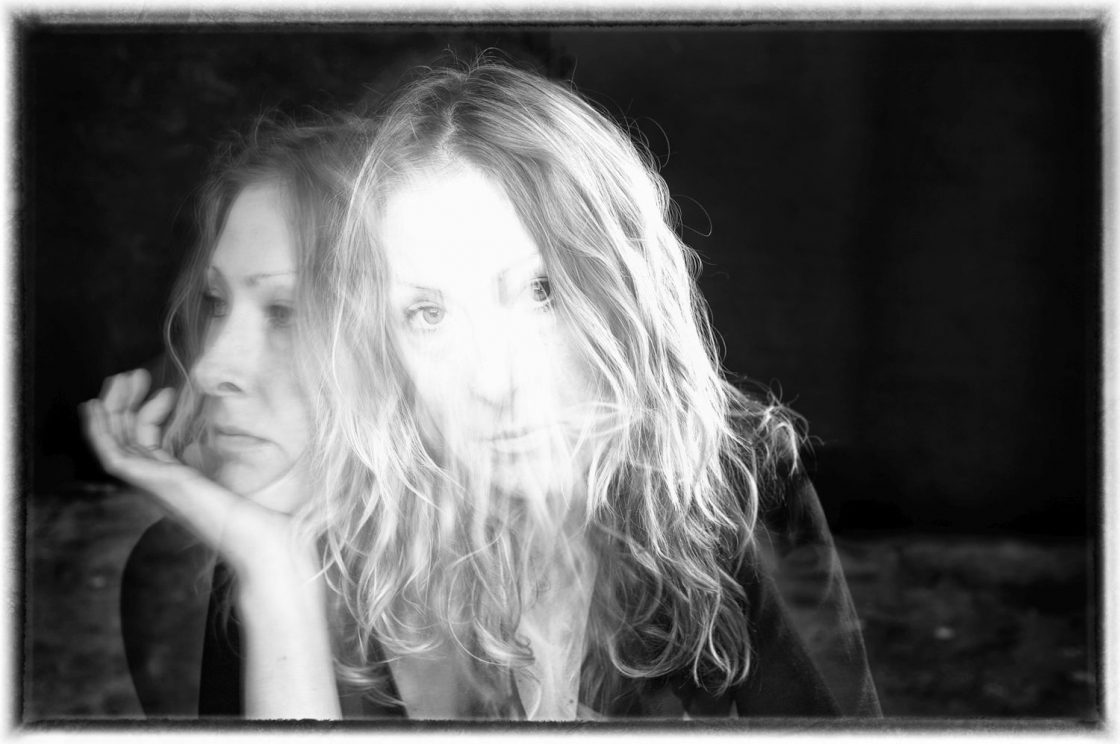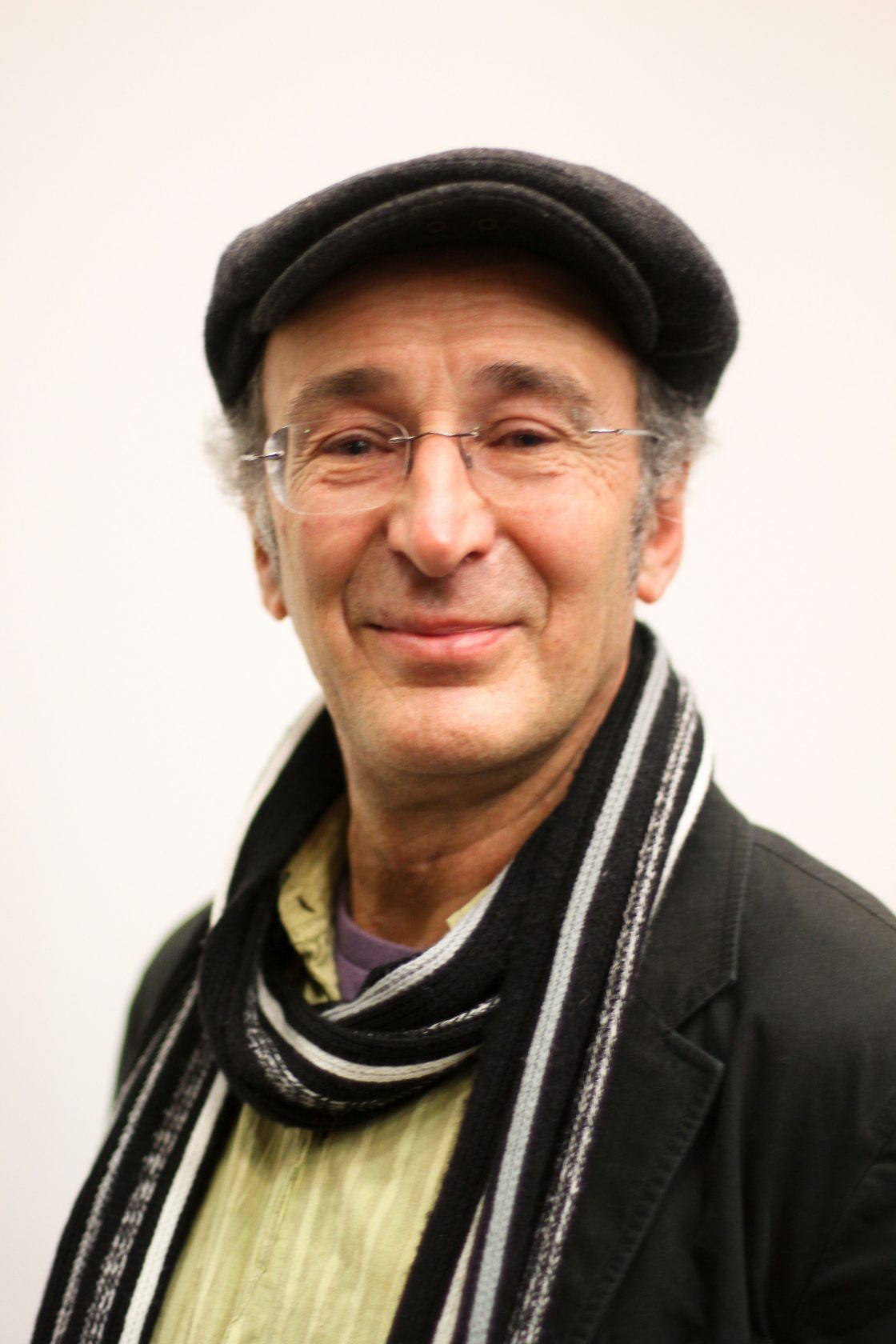Research/Curate, a University of Birmingham student-led network which explores cross-disciplinary practices in curation and research, has just released its first-ever podcast! The podcast is a conversation led by Research/Curate chair and editor Jen Turner with British artist Anna Berry and DASH director Mike Layward. They discuss current practices in the visual arts world and whether or not these are accessible to artists living with disabilities.

DASH (Disability Arts in Shropshire) is a disability-led visual arts organisation which aims to promote accessibility in the visual arts, and runs projects that help to give disabled artists a platform.
They are currently working with galleries to grant disabled artists curatorial commissions. Anna Berry has been curator in residence at Midlands Art Centre in Edgbaston since April. In the podcast, the positive impact this has had on creating accessible spaces in art galleries is discussed. It means the artist is in the gallery every day and so is able to have a greater impact. As Berry explains, it’s like performance art in that you “come into the space and the space changes”. They hope that this disabled presence created by these curatorial commissions will ensure that more visual arts institutions consider accessibility in their practice.

One of the issues raised in the podcast is the fact that many disabled artists face obstacles when applying for art school or exhibition/residency opportunities. Layward explains that “a huge number of artists are dyslexic, and somehow they are forcing themselves through this very hard academic process of writing about themselves and putting themselves in this very intellectual process which will be going against their impairment”. Berry goes on to discuss how many application processes force the artist to make themselves and their work appeal to curators and galleries in a very certain way. Artists have to write about themselves using a specific lexicon, which can be a difficult process. Rather than curators making themselves accessible to the artist, artists are having to make themselves accessible to the curators, and Berry discusses that because of this she has had to learn to “decouple good art from successful art”.
This podcast from Research/Curate brings forward a necessary conversation about disability inclusivity and accessibility in the visual arts. Anna Berry and Mike Layward explain the issues they have experienced and witnessed in the art world and discuss what art organisations can do to solve these problems. As Layward says, “change takes a long time”, but hopefully with things such as the projects that DASH runs and this podcast, change can and will happen.
You can find the podcast and a copy of the transcript on Research/Curate’s website.
The next issue of Midlands Arts Papers will explore disability and inclusivity in the arts. There will be a public launch at the Herbert Art Gallery and Museum in Coventry on Wednesday 13th November.
